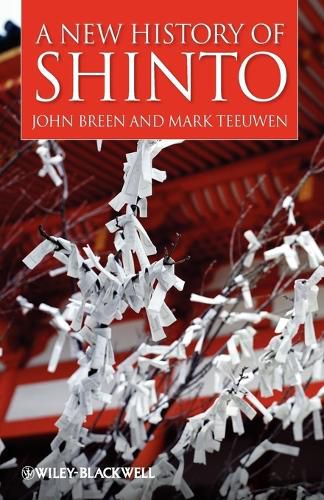Readings Newsletter
Become a Readings Member to make your shopping experience even easier.
Sign in or sign up for free!
You’re not far away from qualifying for FREE standard shipping within Australia
You’ve qualified for FREE standard shipping within Australia
The cart is loading…






This accessible guide to the development of Japan’s indigenous religion from ancient times to the present day offers an illuminating introduction to the myths, sites and rituals of kami worship, and their role in Shinto’s enduring religious identity. * Offers a unique new approach to Shinto history that combines critical analysis with original research* Examines key evolutionary moments in the long history of Shinto, including the Meiji Revolution of 1868, and provides the first critical history in English or Japanese of the Hie shrine, one of the most important in all Japan* Traces the development of various shrines, myths, and rituals through history as uniquely diverse phenomena, exploring how and when they merged into the modern notion of Shinto that exists in Japan today* Challenges the historic stereotype of Shinto as the unchanging, all-defining core of Japanese culture
$9.00 standard shipping within Australia
FREE standard shipping within Australia for orders over $100.00
Express & International shipping calculated at checkout
This accessible guide to the development of Japan’s indigenous religion from ancient times to the present day offers an illuminating introduction to the myths, sites and rituals of kami worship, and their role in Shinto’s enduring religious identity. * Offers a unique new approach to Shinto history that combines critical analysis with original research* Examines key evolutionary moments in the long history of Shinto, including the Meiji Revolution of 1868, and provides the first critical history in English or Japanese of the Hie shrine, one of the most important in all Japan* Traces the development of various shrines, myths, and rituals through history as uniquely diverse phenomena, exploring how and when they merged into the modern notion of Shinto that exists in Japan today* Challenges the historic stereotype of Shinto as the unchanging, all-defining core of Japanese culture